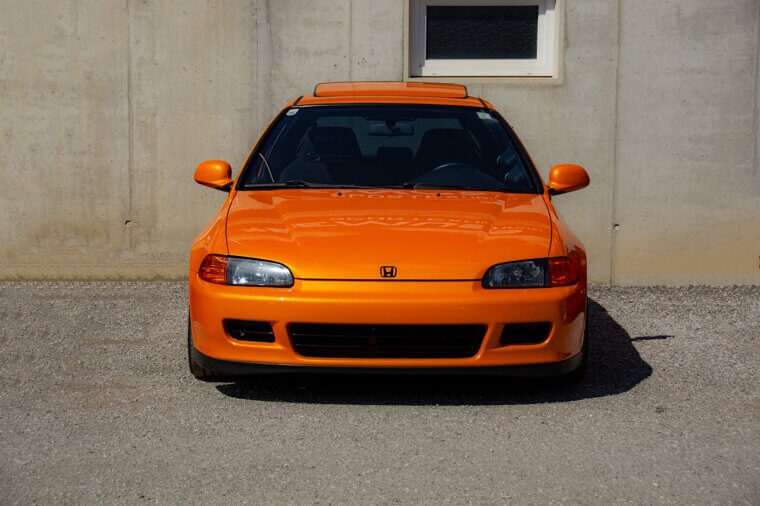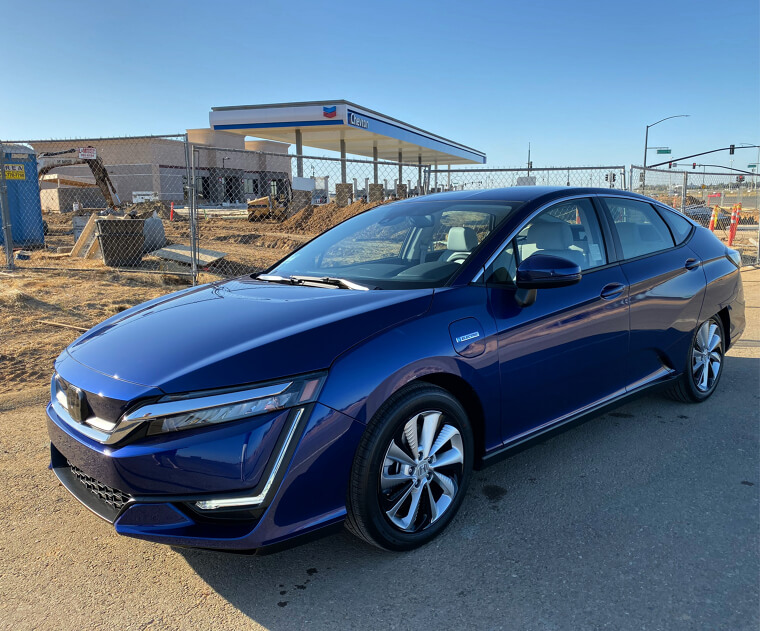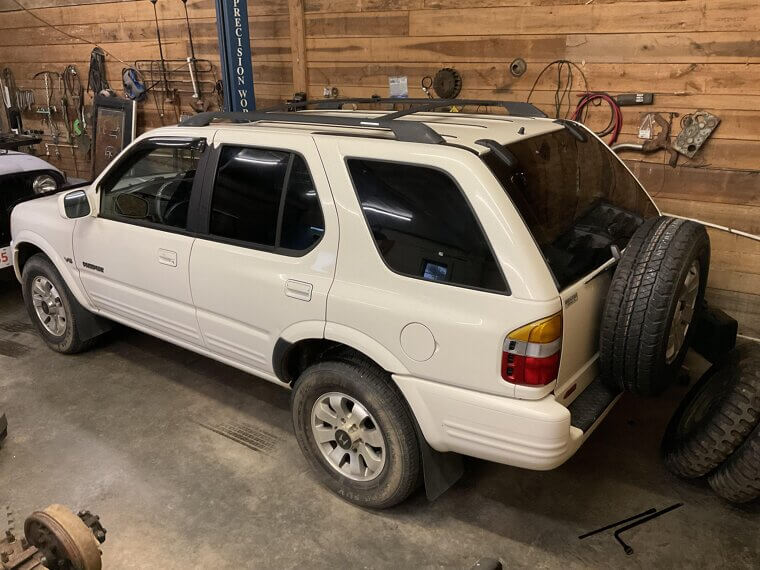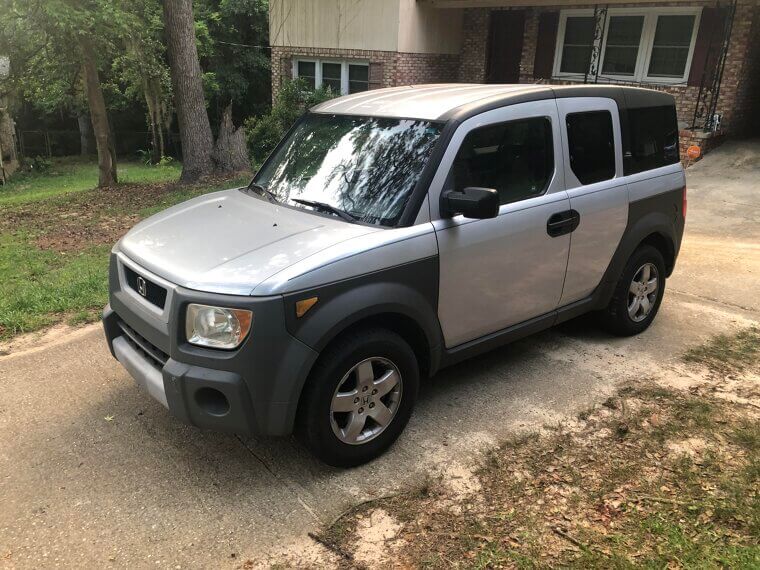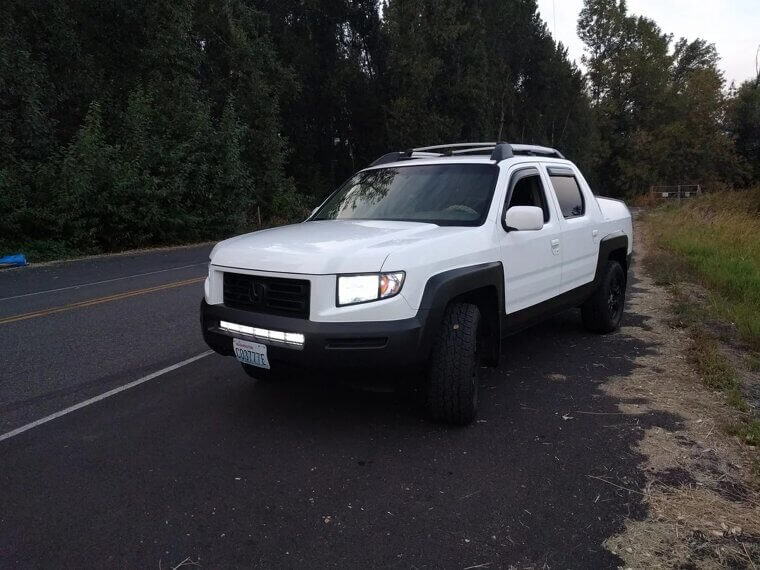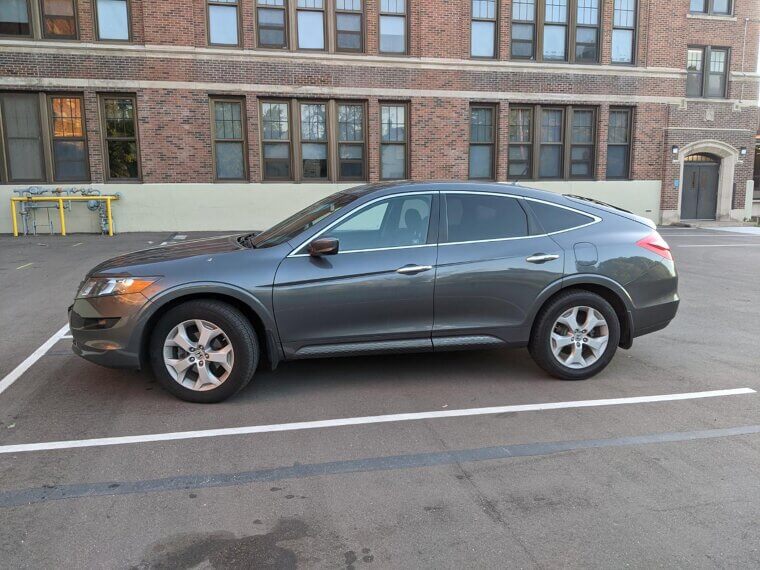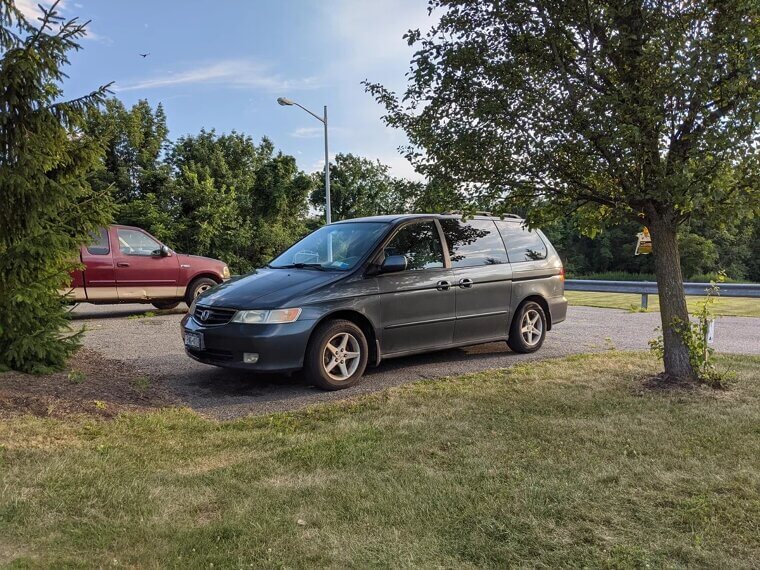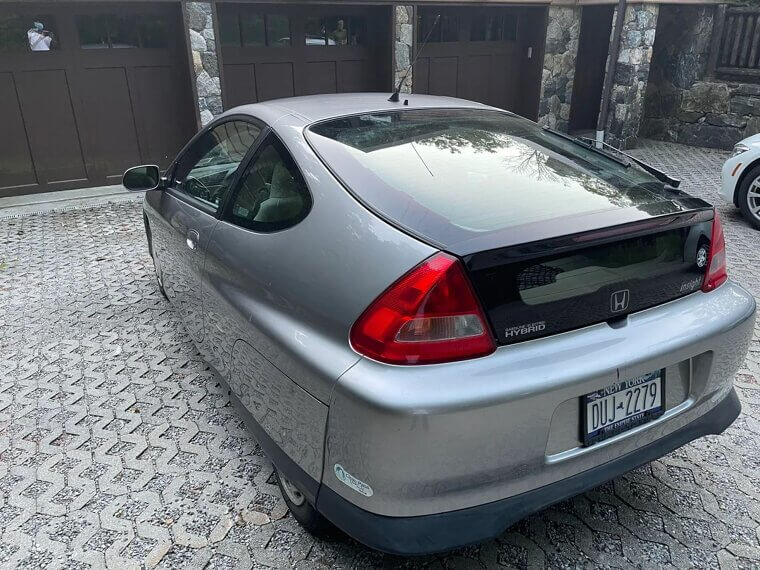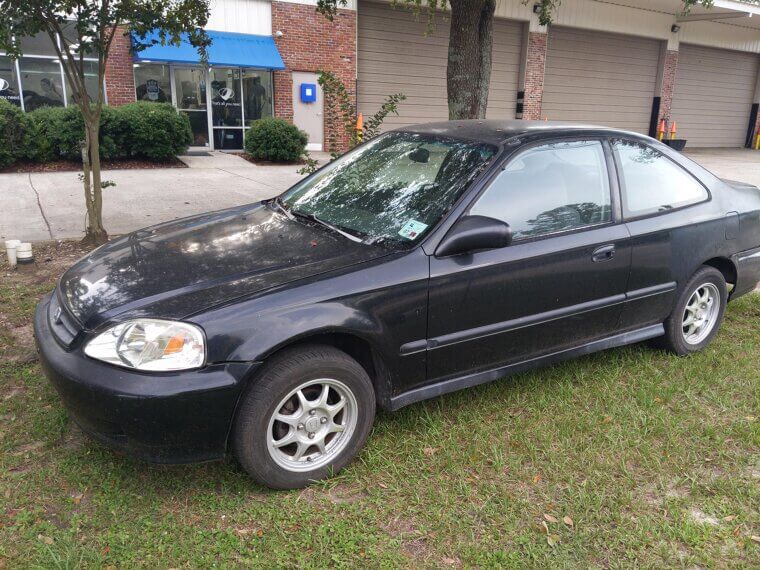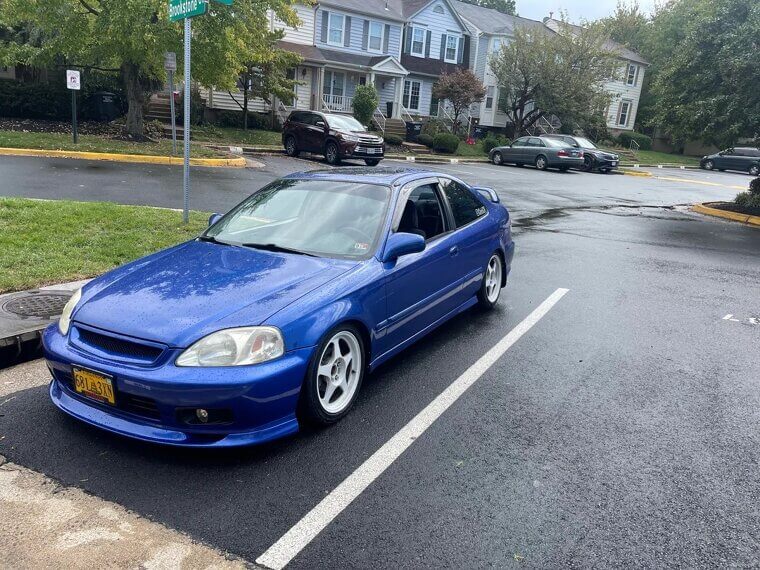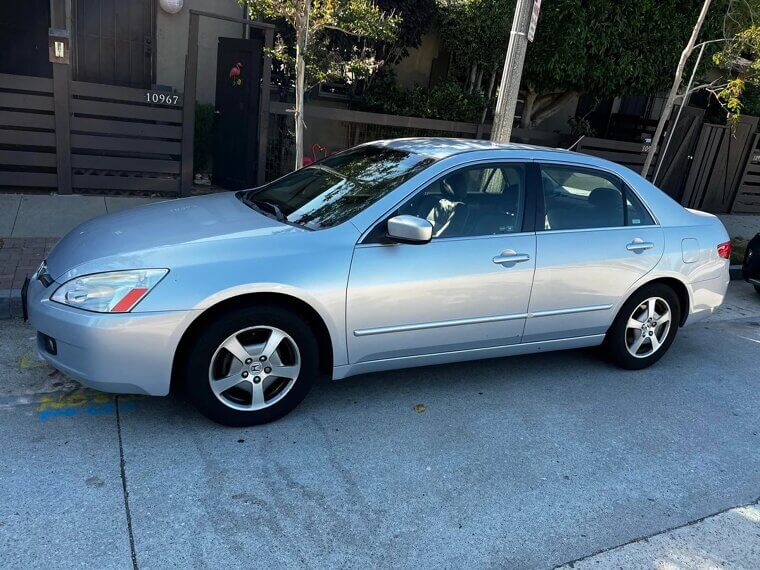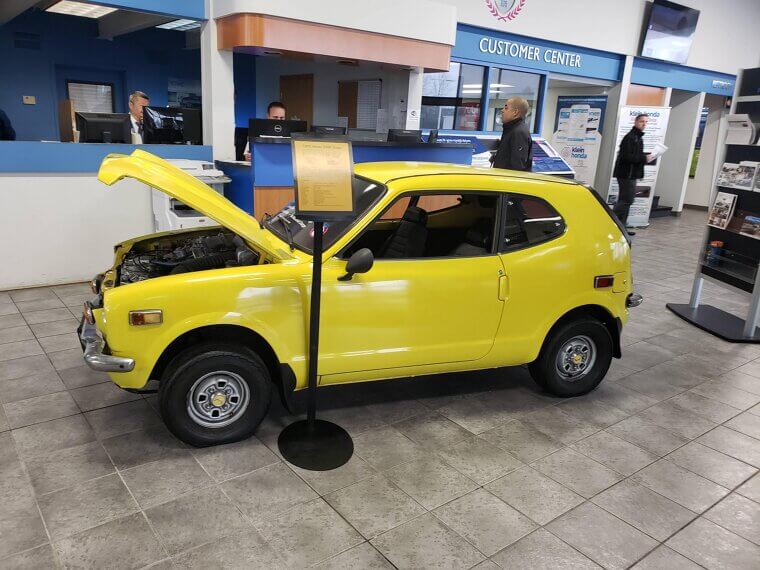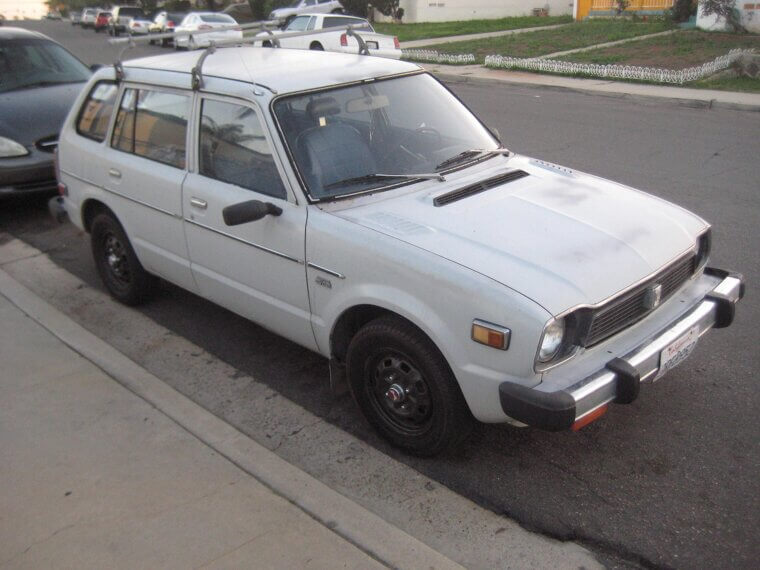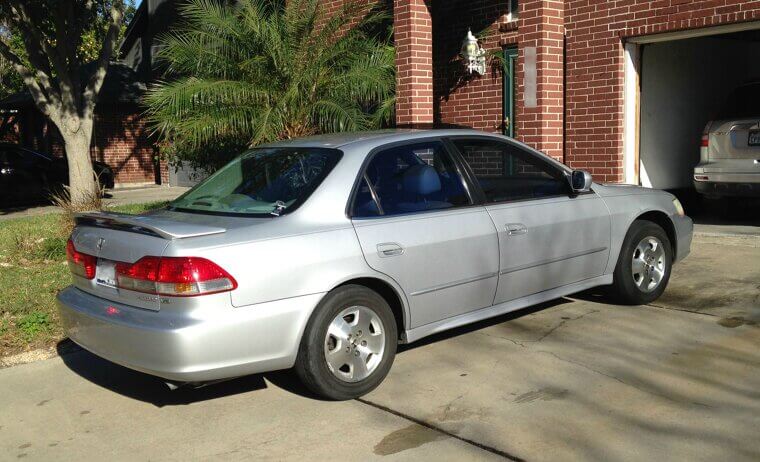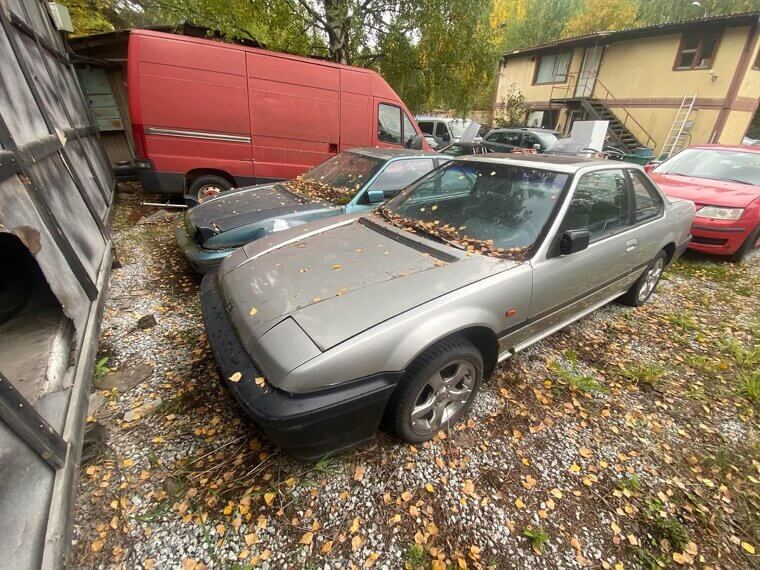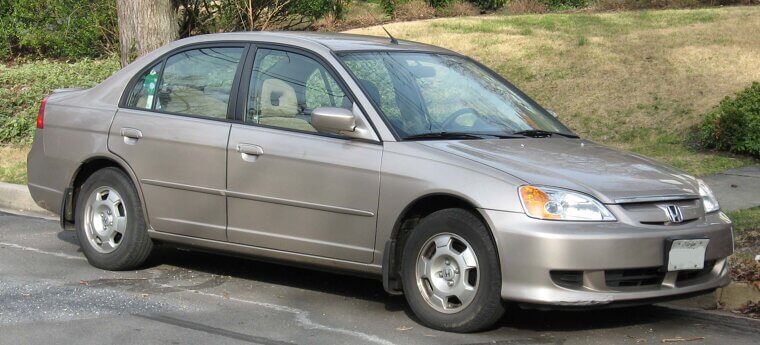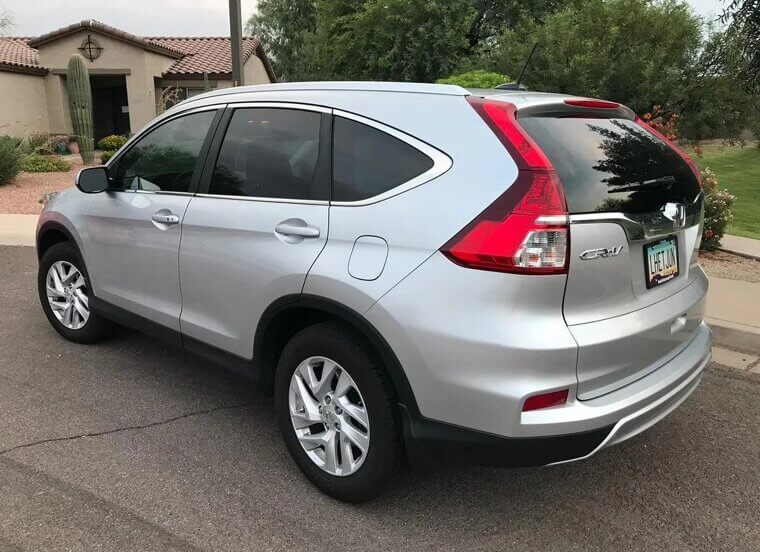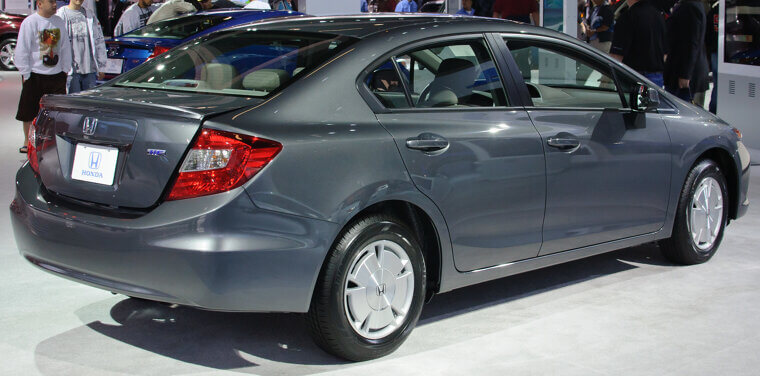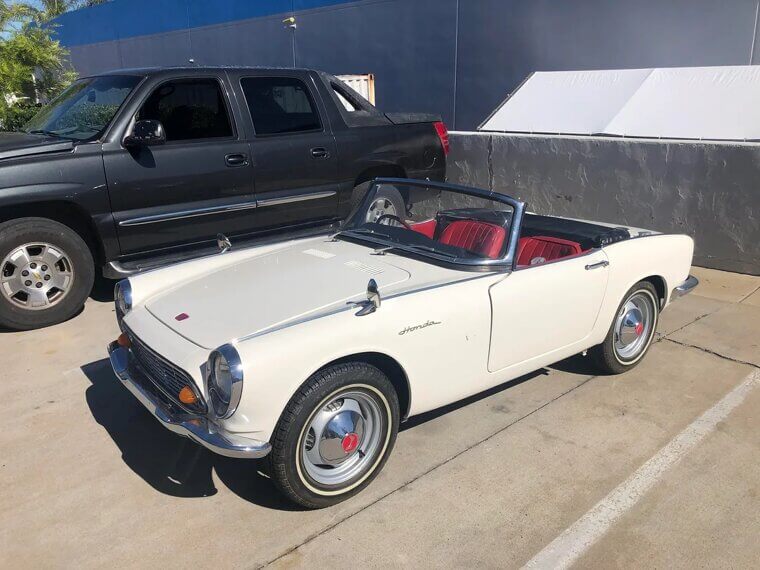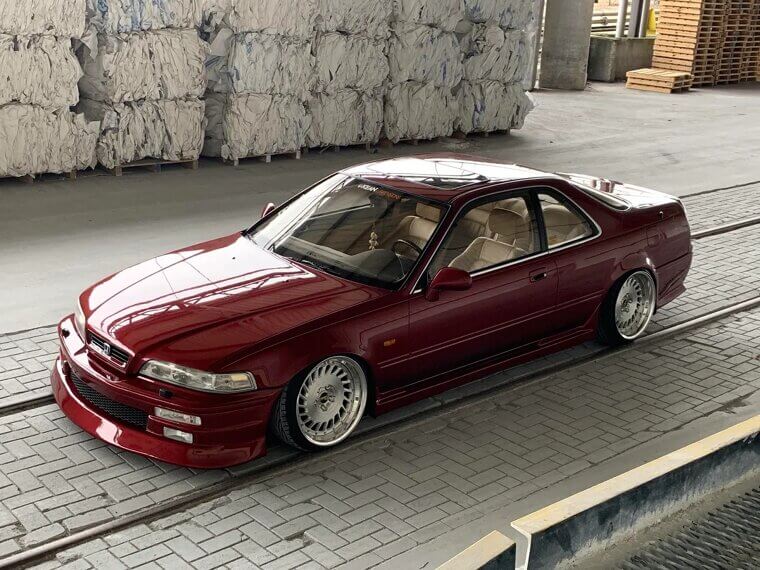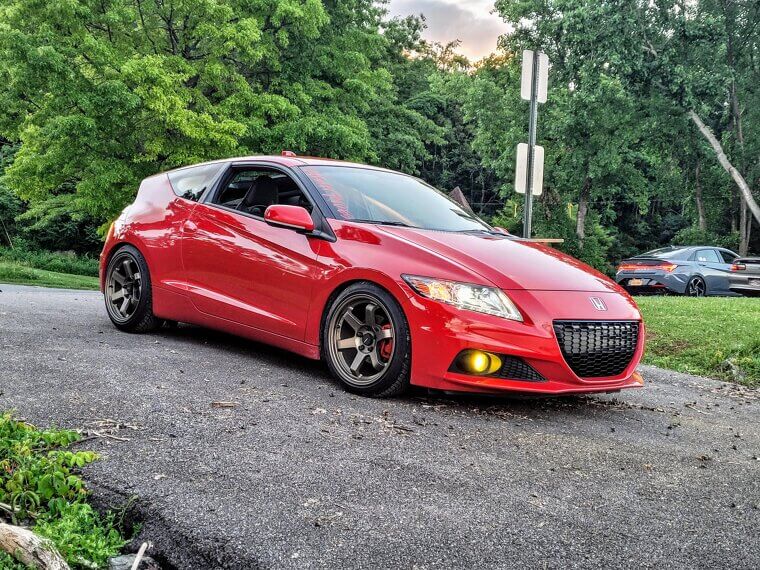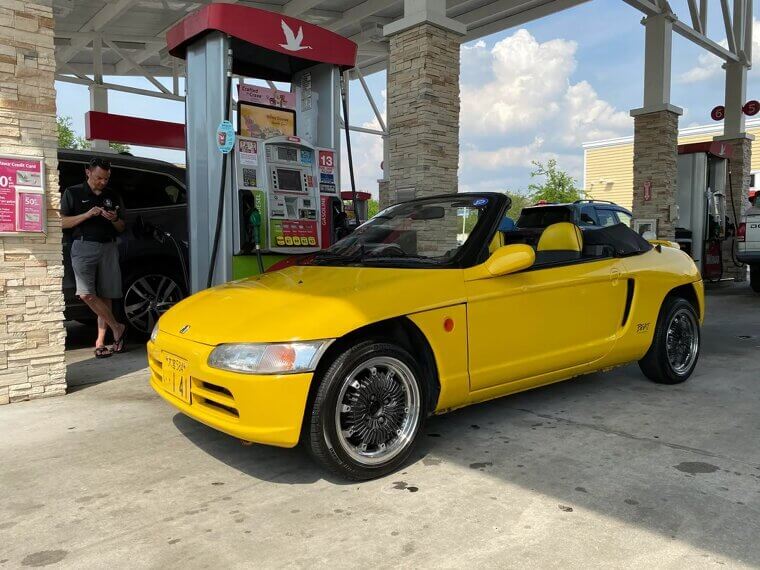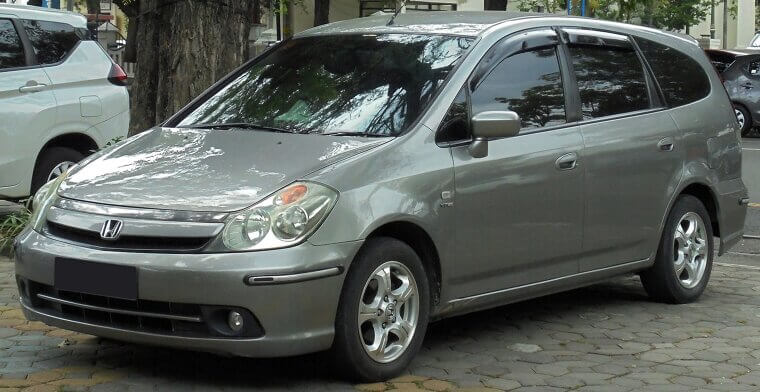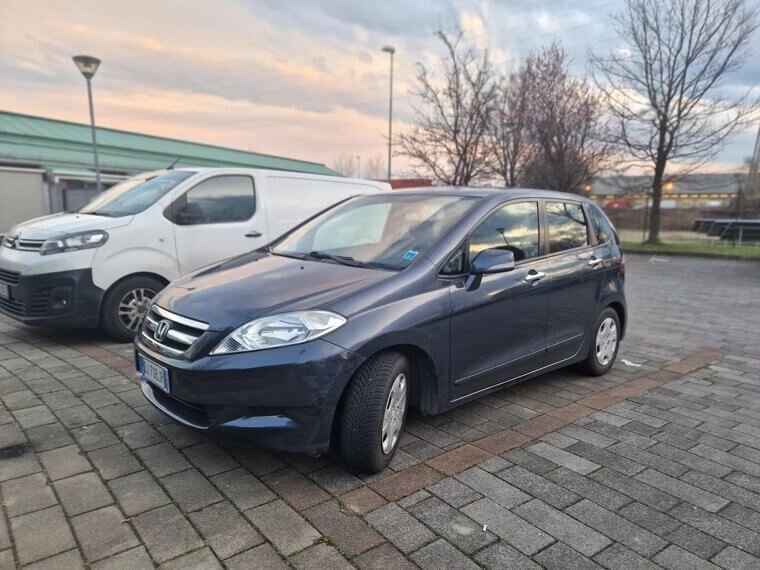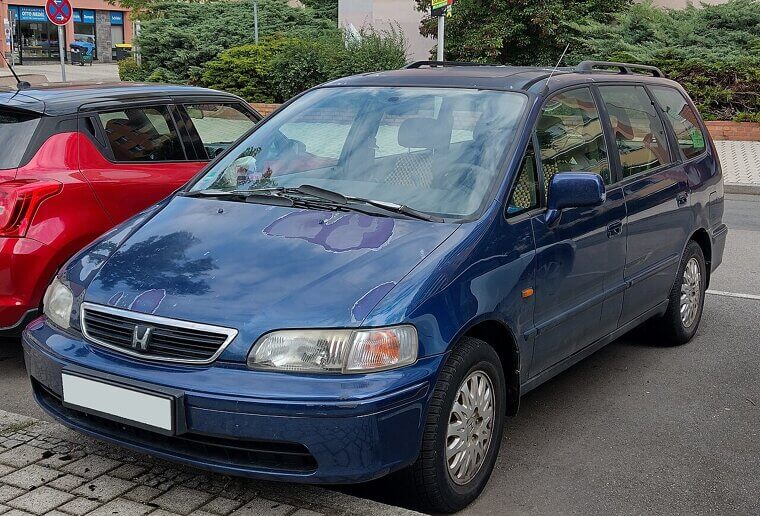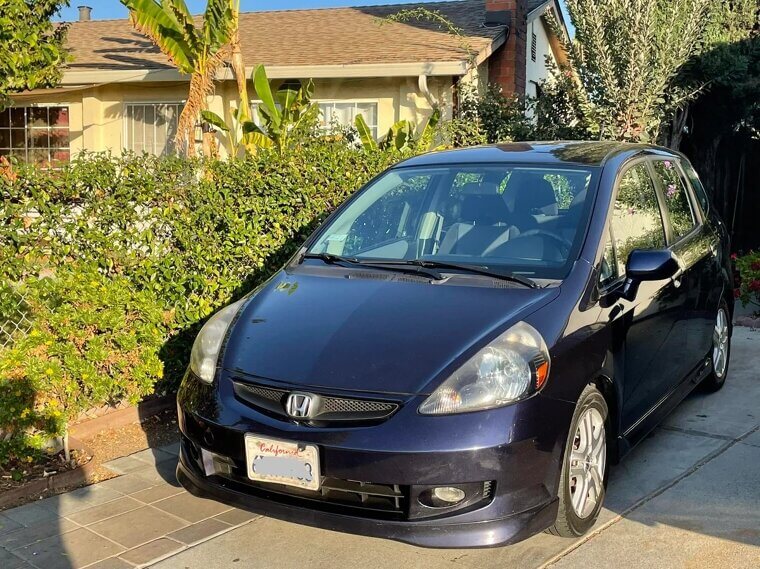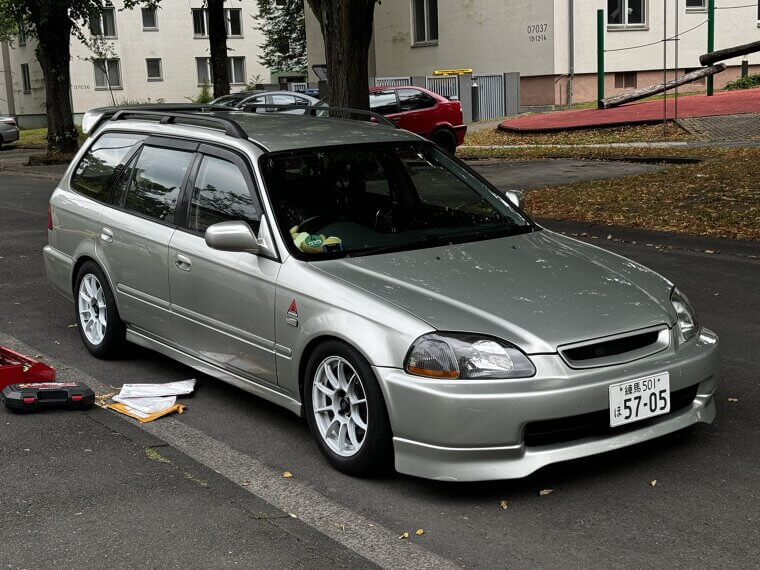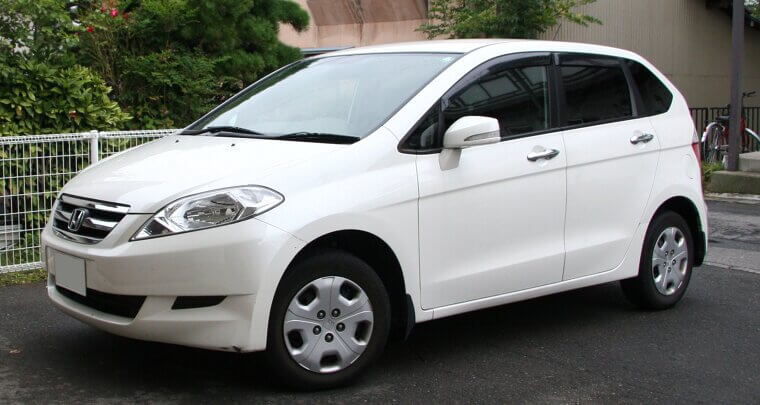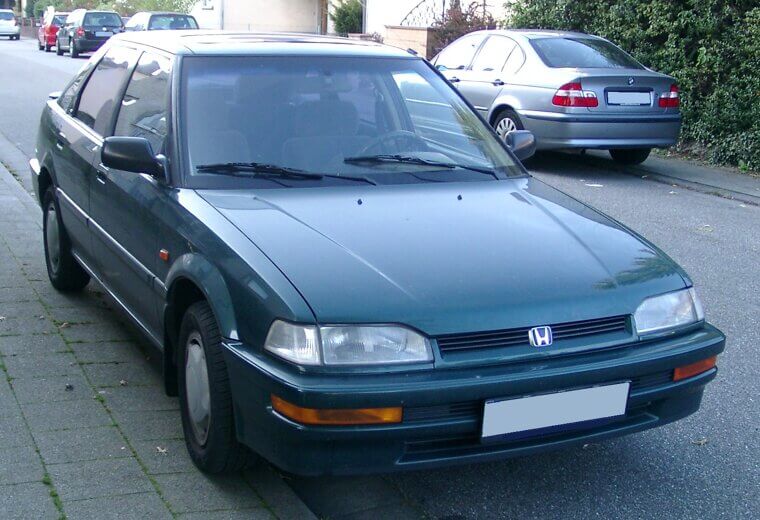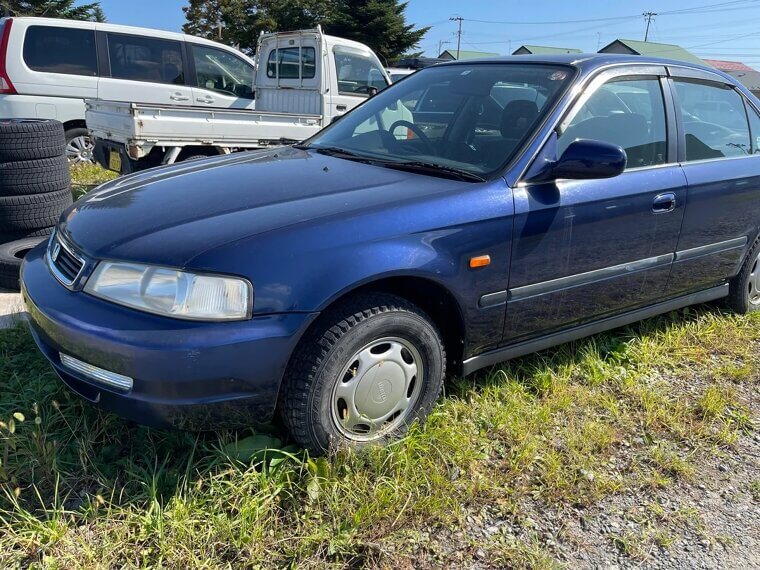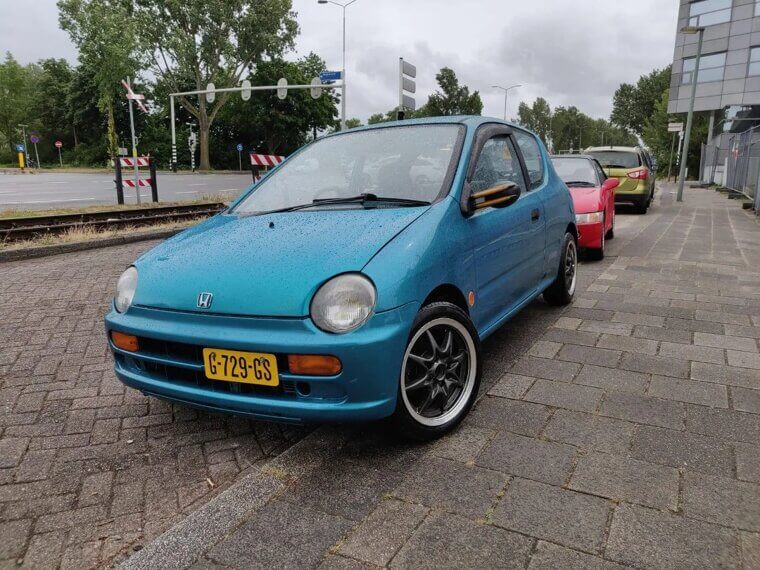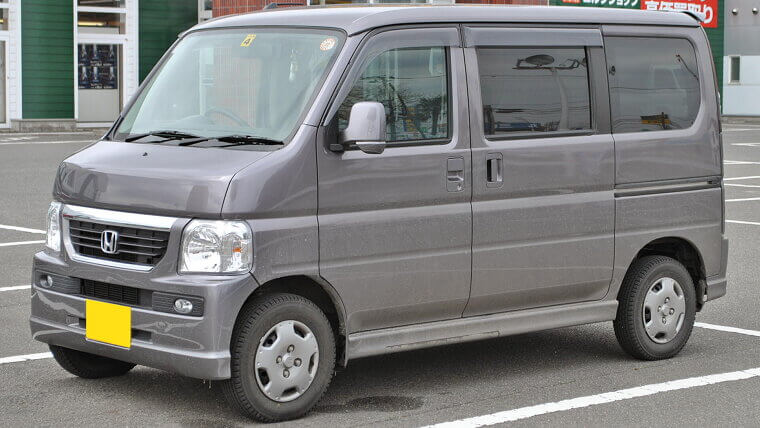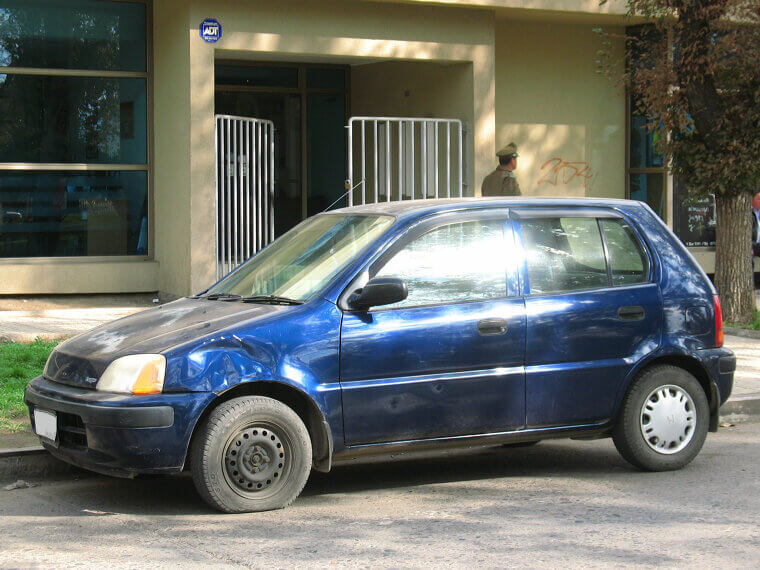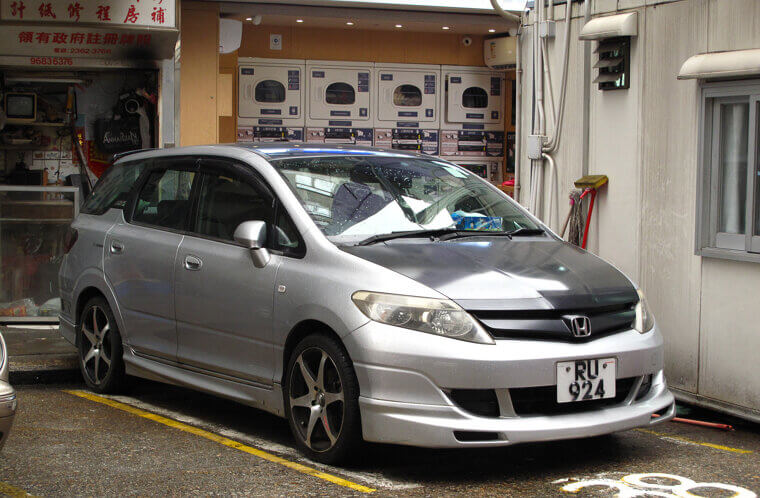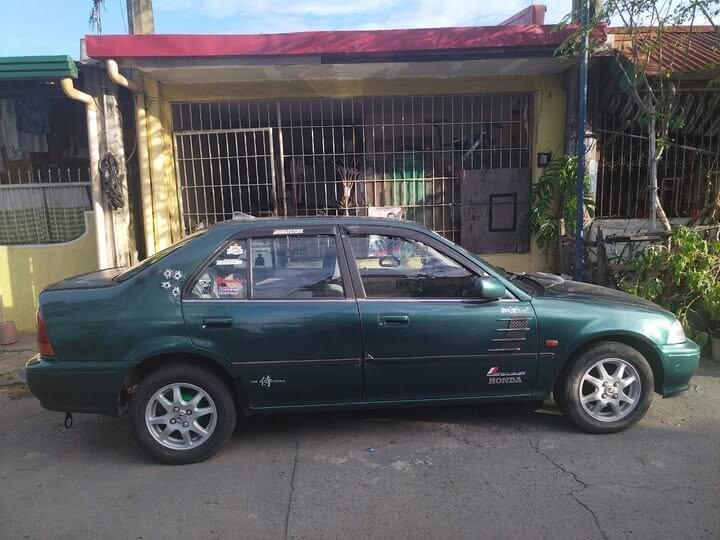Honda Civic Del Sol (1992–1998)
Although the Del Sol had a sporty design and a removable roof, water leaks, rattling panels, and weak roof seals negatively impacted its durability. It aged poorly compared to other Civics, and it was more of a fun weekend toy than a reliable daily driver.
Honda Clarity (2017–2021)
On paper, the Clarity was futuristic with its plug-in hybrid and fuel-cell options. In practice, it was riddled with software glitches, rapid battery degradation, and a design that aged badly overnight. It was supposed to last into a green future, but durability just wasn’t part of the plan.
Honda Passport (1990s)
The original Passport was not even a real Honda; it was a rebadged Isuzu. So Honda buyers, expecting the same reliability and durability as the Civic, got a rougher ride and repair bills that piled up fast.
Honda Element (2003–2011)
The Element was boxy, quirky, and basically a rolling clubhouse for outdoorsy types and dog lovers. Sadly, it didn’t hold up as well as the lifestyle it promised. Rust crept in, paint faded fast, and transmissions gave up early.
Honda Ridgeline (2006–2014)
Honda’s first pickup was clever with an in-bed trunk and a car-like ride. The problem was that it wasn’t tough enough to hang with the big boys. Weak suspension, glitchy electronics, and failing transmissions meant the Ridgeline would quit while the F-150s and Silverados kept trucking along.
Honda Crosstour (2010–2015)
The Crosstour gave you a soft ride, a roomy interior, and plenty of versatility. Although it had a family-car charm on paper, in reality, it was boxy, awkward-looking, and expensive to keep happy. Owners complained of electrical issues and costly repairs, making this crossover feel like a cross to bear.
Honda Odyssey (1999–2004)
Early Odysseys took the “odyssey” part a little too seriously. Families enjoyed the size and comfort, but the transmission was the ultimate buzzkill. Many died before 100,000 miles, leaving parents stranded between soccer practice and the grocery store.
Honda Insight (First Gen, 2000–2006)
The Insight looked like a sci-fi pod dropped from the sky, but durability wasn’t its strength. Batteries died early, and replacing them was expensive. This was Honda’s first hybrid, but being ahead of its time didn’t save it from wearing out before its time.
Honda Civic HX (1996–2005)
The HX was Honda’s “lightweight champ,” built for efficiency and fitted with an early CVT. Unfortunately, that transmission aged about as well as a flip phone. Many failed before 100,000 miles, turning this thrifty commuter into a money pit.
Honda Civic Si (2000s Models)
The Si was fast, fun, and full of youthful energy, but like a teenager, it burned out early. Enthusiasts loved wringing it out, but clutches, transmissions, and engines wore down quickly under the pressure. It was a blast to drive, but it peaked early.
Honda Accord Hybrid (2005–2007)
Honda’s first hybrid Accord promised efficiency with style, but the reality was expensive headaches. Batteries aged faster than expected, replacement costs stung, and fuel savings weren’t enough to justify the stress. It was Honda dipping its toe into hybrid waters and learning that first attempts aren’t always durable.
Honda Z600 (1970–1972)
Adorable and tiny, the Z600 was Honda’s city car experiment. Unfortunately, its 600cc engine struggled with durability, and rust ate through the body like it was candy. While quirky collectors love it today, most Z600s didn’t survive long enough to enjoy a peaceful retirement.
Honda Civic CVCC (1970s)
The Civic CVCC was brilliant for meeting new emissions rules, saving Honda in the US market. However, early models rusted faster than a forgotten bike in the rain. Mechanical quirks also popped up, making it more historic than hardy. It was not quite a long hauler, but definitely a game-changer.
Honda Accord V6 (early 2000s)
The V6 engine made the Accord drive like a little luxury car. Too bad its automatic transmissions couldn’t keep up, failing early and often. What should have been a reliable commuter ended up being a regular at the shop.
Honda Prelude (1990s Models)
The Prelude was stylish, sporty, fun to drive, but not built for the long haul. The automatic transmissions were prone to failure, and electrical bugs were everywhere. Enthusiasts loved its looks, but many owners found themselves making constant trips to the shop.
Honda Civic Hybrid (2003–2005)
This Civic hybrid was supposed to be environmentally friendly, but the batteries died long before owners expected. Replacement packs were expensive, and fuel savings didn’t offset the repair bills. It was a step in the right direction for eco-friendliness, but longevity wasn’t part of the deal.
Honda CR-V (2015–2017)
The CR-V has a reputation for being reliable, except for this awkward chapter. Turbo engines suffered from oil dilution, thinning out performance and raising repair concerns. Honda fixed it later, but for unlucky owners, it was a cold reminder that even the CR-V can stumble.
Honda Civic HF (2012–2015)
Although this fuel-efficient Civic saved money on gas, the long-term reliability was not as bulletproof as the classic Civic. It suffered from weak transmissions and fragile parts, and that meant multiple trips to the shop.
Honda S600 (1964–1966)
Before the S2000, Honda’s tiny S600 sports car was cute but fragile. Its chain-driven rear wheels and a delicate engine needed constant care, and rust claimed most of the survivors. It’s a joy for collectors today, but back then, it was more of a flower than a roadster.
Honda Legend (1980s–1990s)
Honda's luxury flagship was meant to be sophisticated but it often fell short, as it was plagued with issues relating to electronics and transmission. It looked great parked in the driveway, but long-term ownership costs gave buyers sticker shock. Honda realized that luxury cars required more than just a shiny badge.
Honda CR-Z (2010–2016)
The CR-Z aimed for sport and eco-friendly, but did not succeed at either, and durability didn’t help its case. Weak hybrid batteries, clunky transmissions, and limited power left owners wishing it had more endurance.
Honda Beat (1991–1996)
Although the tiny Beat was a cute kei roadster that attracted attention, its three-cylinder engine was not really meant for longevity. Many did not stand the test of time mechanically, and most rusted away. It was quirky and fun, but not durable enough in the long run.
Honda Stream (2000–2006)
The Stream was Honda's compact multi-purpose vehicle, and even though it was practical, the engines burned oil and the gearboxes weren't exactly indestructible. Families enjoyed the extra space, but ownership meant more trips to the shop than expected.
Honda FR-V (2004–2009)
The FR-V tried to be different with its three-up-front seating, and families loved the flexibility. However, the magic wore off when timing chain issues and tired interiors started to appear. It was unique and fun, but not long-lasting.
Honda Shuttle (1990s–2000s)
The Honda Shuttle promised family space, and it did haul kids, strollers, and grocery bags with ease. But transmissions slipped, gaskets leaked, and the suspension gave up the ghost way too soon. Great for packing the clan in, not so great when repair bills joined the carpool.
Honda Fit (2007–2008)
The Fit was charming, peppy, and efficient, but the first U.S. versions had transmission and fuel pump problems. Some owners had issues with rust, as well. The later versions were better, but the first-gen Fits were the guinea pigs for a great idea that had not been fully developed.
Honda Orthia (1996–2002)
Basically a Civic wagon in disguise, the Orthia had practicality in spades. Unfortunately, weak automatic transmissions and rust-prone bodies meant many didn’t last long. It was a clever niche model for Japan and beyond, but not exactly the poster child for Honda longevity.
Honda Edix (2004–2009)
The Edix was the Japan-market twin of the FR-V, with the same three-across seating. Mechanical gremlins and tired suspension setups often cut its life short. It was innovative, but just not the sort of vehicle that would stay around long enough for you to pass it down to the kids.
Honda Concerto (1988–1994)
Honda collaborated with Rover on this project, and let's just say the results were unimpressive. Build quality was hit-or-miss, electrical problems were common, and rust embraced this car like a long-lost friend.
Honda Domani (1990s)
The Domani had the same weaknesses as the Civic. Transmission problems, body rust, and mediocre durability made it a forgettable vehicle. Owners thought it would be a step up from the Civic in longevity, only to find themselves disappointed and back at the dealer faster than they anticipated.
Honda Today (1985–1998)
The Honda Today was cute, small, and perfect for city streets. The bad news was that it wasn’t built to last. Rust, weak engines, and flimsy interiors made it feel more disposable than durable.
Honda Vamos (1999–2018)
The Vamos looked odd and adorable, but the tiny kei car engine worked itself too hard, and many overheated and wore out. It had personality, but it certainly didn’t win any awards for durability.
Honda Logo (1996–2001)
Honda's affordable compact hatch was simple, but durability wasn't its selling point. The lightweight body panel dented easily, the engines weren't durable enough, and the car rusted quickly.
Honda Airwave (2005–2010)
This small wagon had plenty of space, and its folding "magic seats" were innovative. Sadly, the CVT transmissions wore out faster than many expected. Owners expecting Civic-like reliability ended up with many repair bills.
Honda City (1990s Models)
People loved the City for its compact practicality, but earlier versions weren’t bulletproof. Rust was prevalent, and some had weak engines and transmissions. It was affordable, but it was not durable enough to pass down to the next generation.

